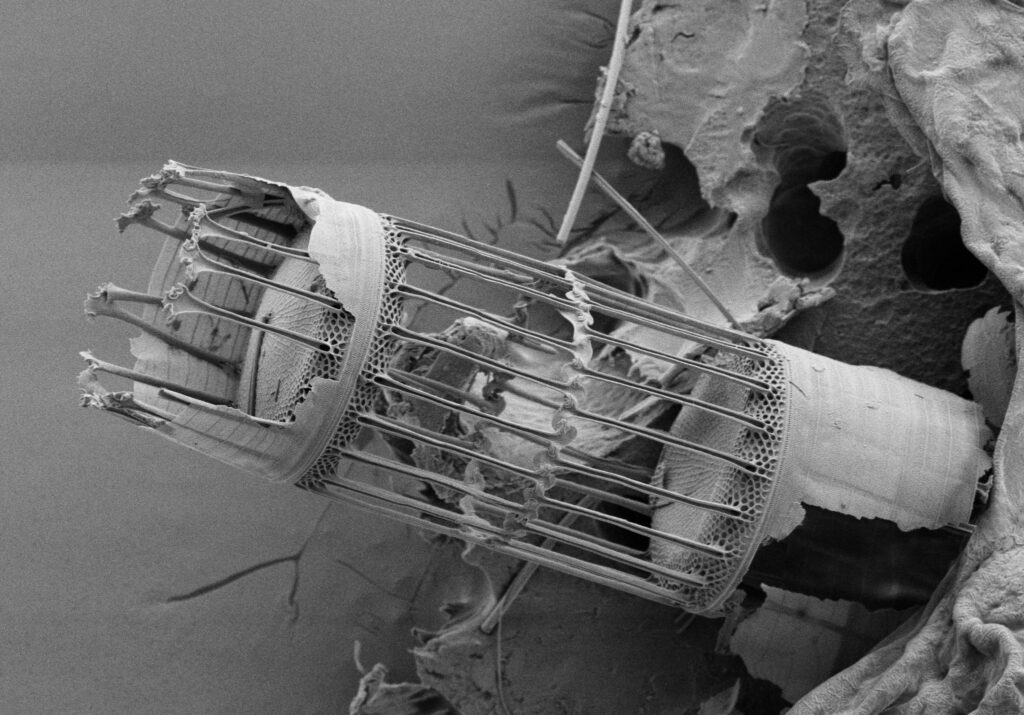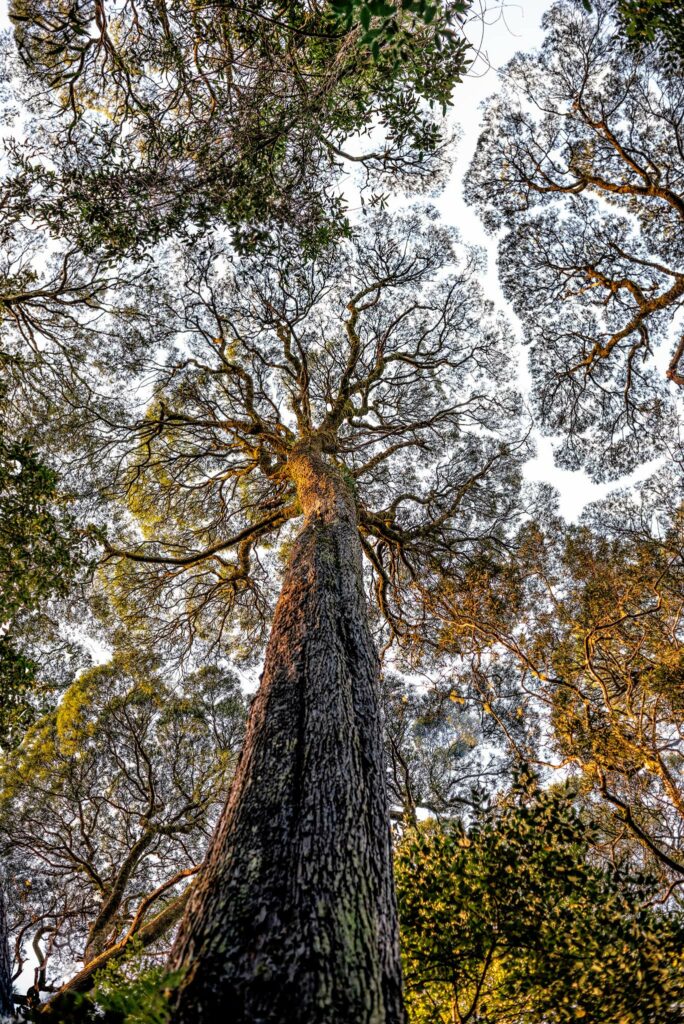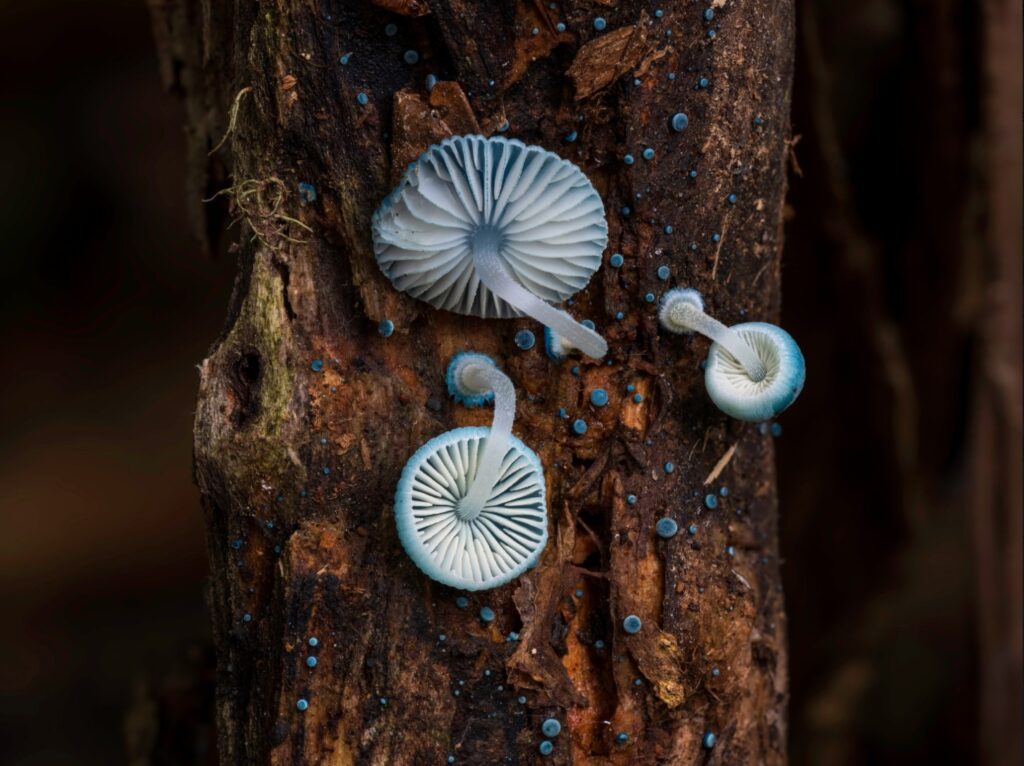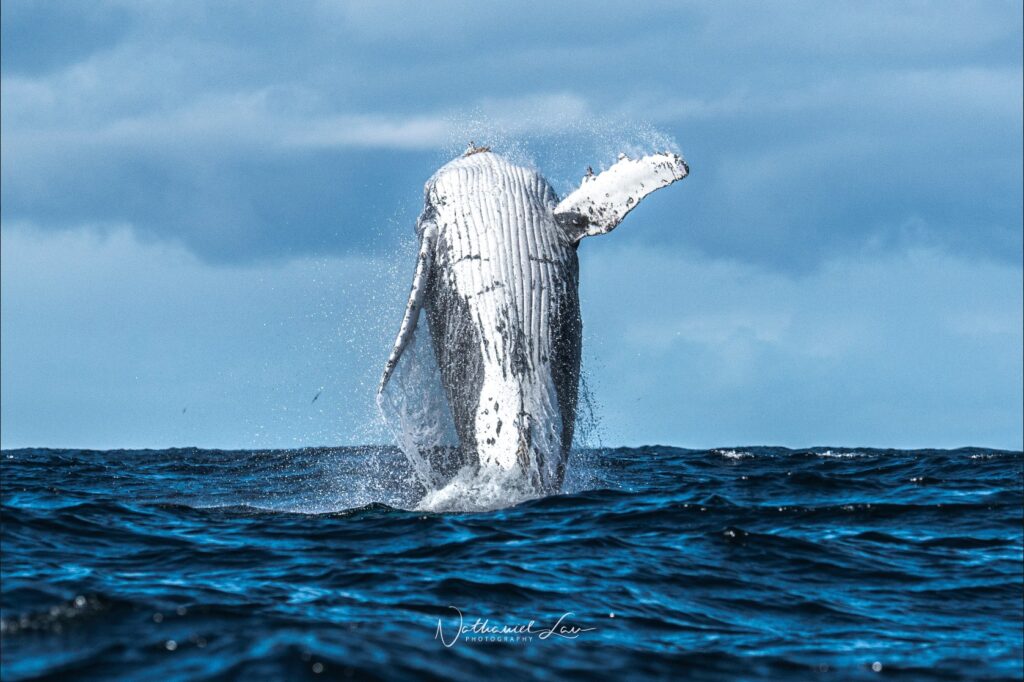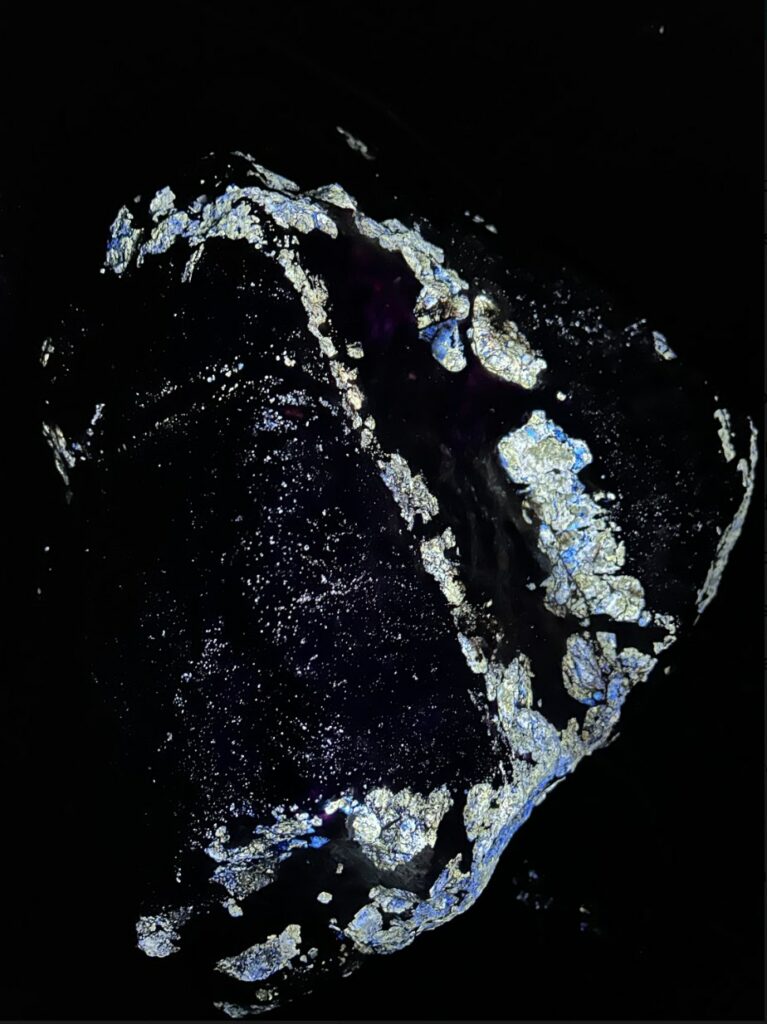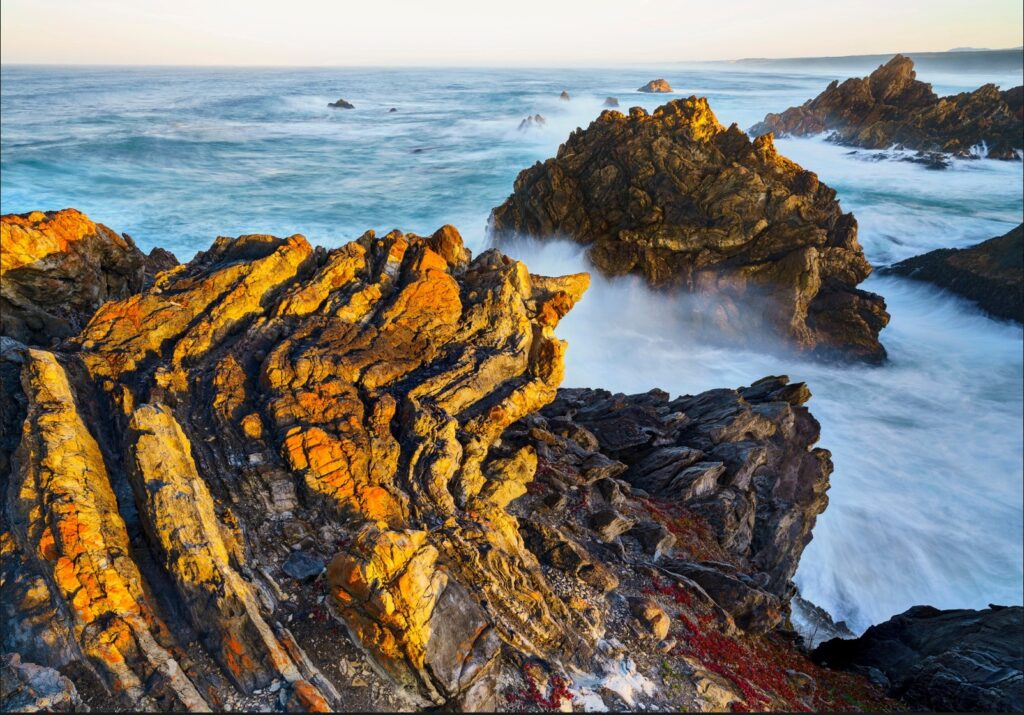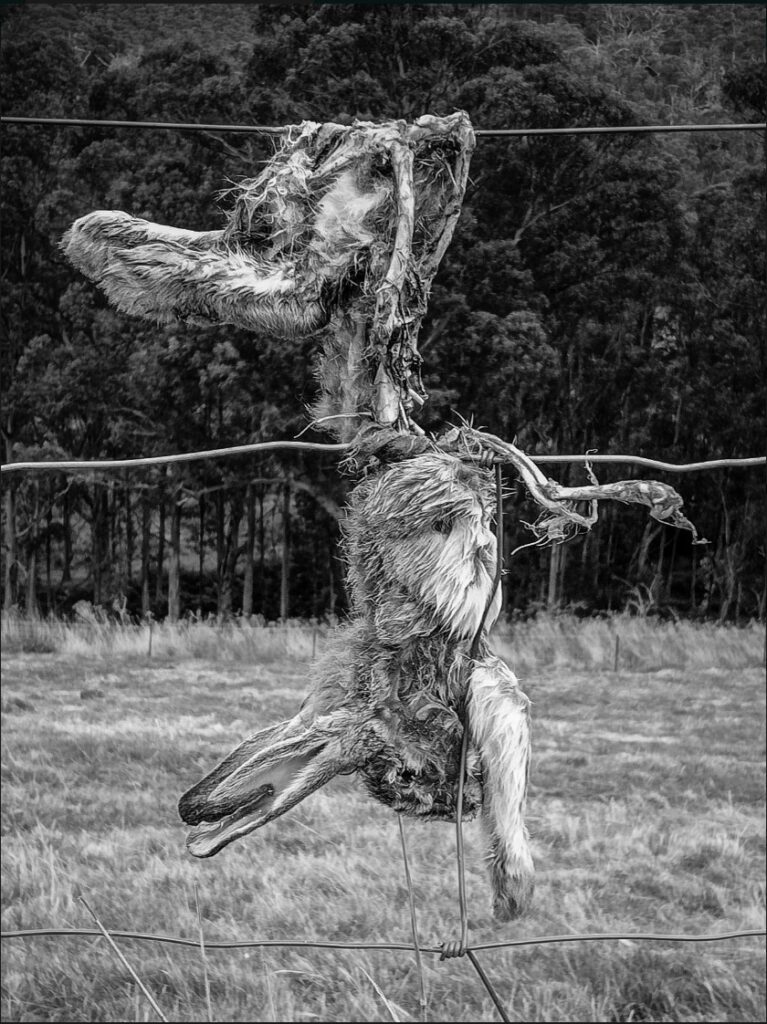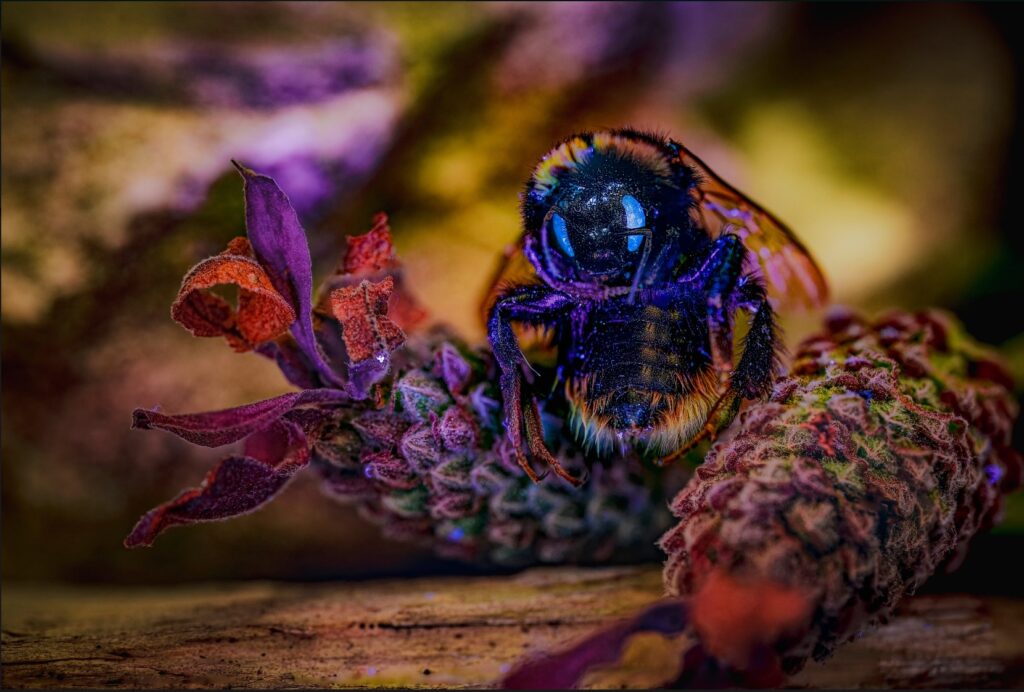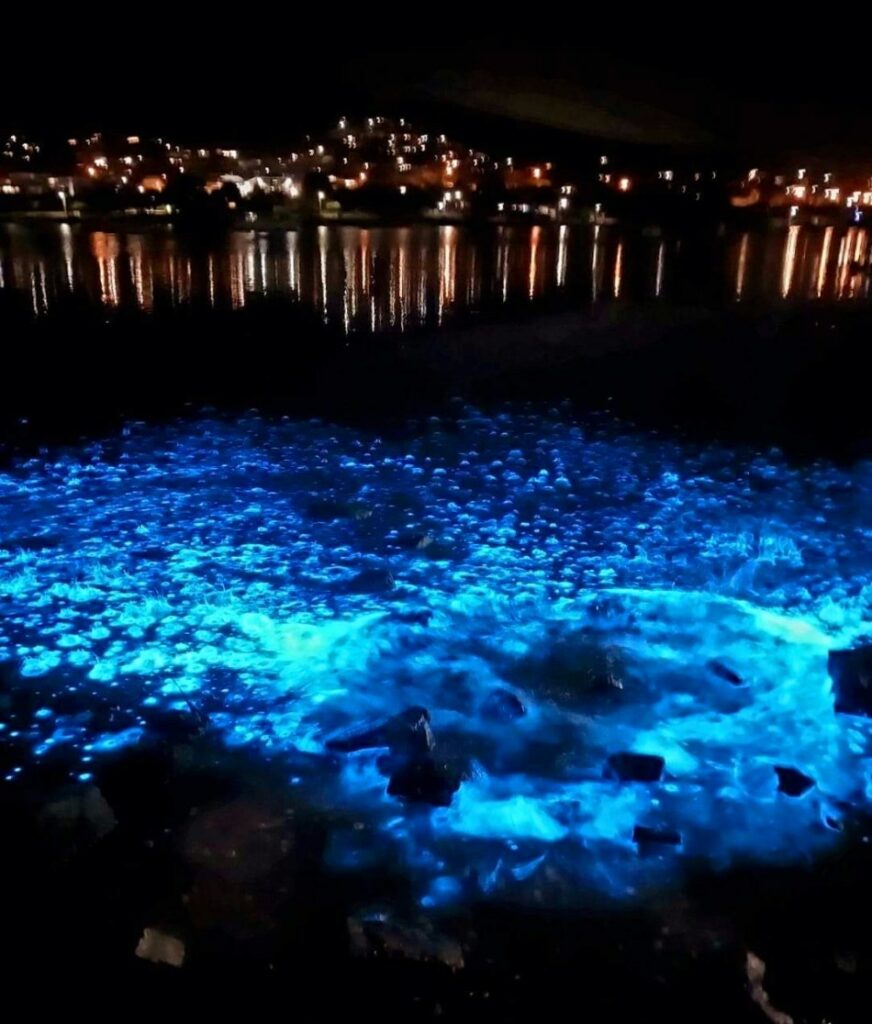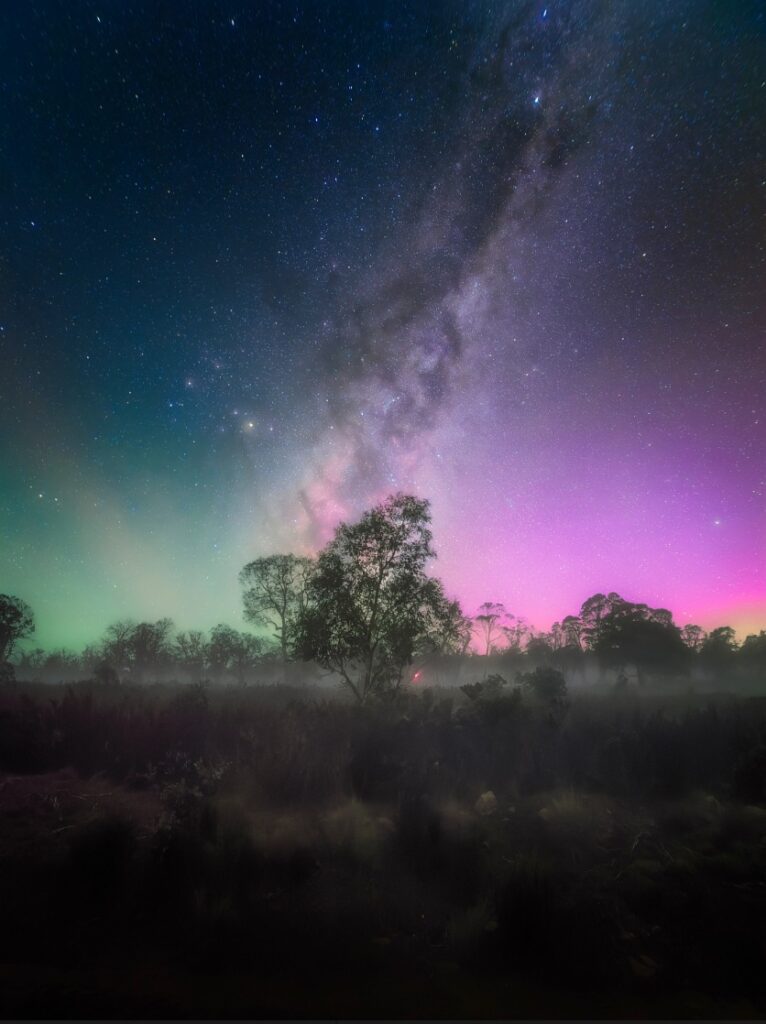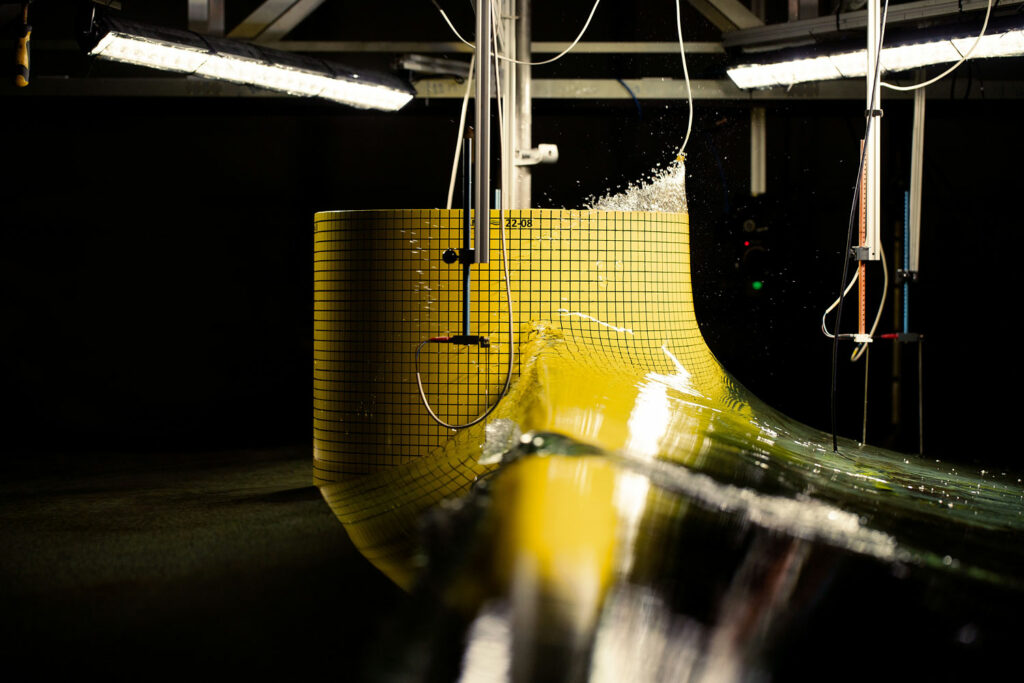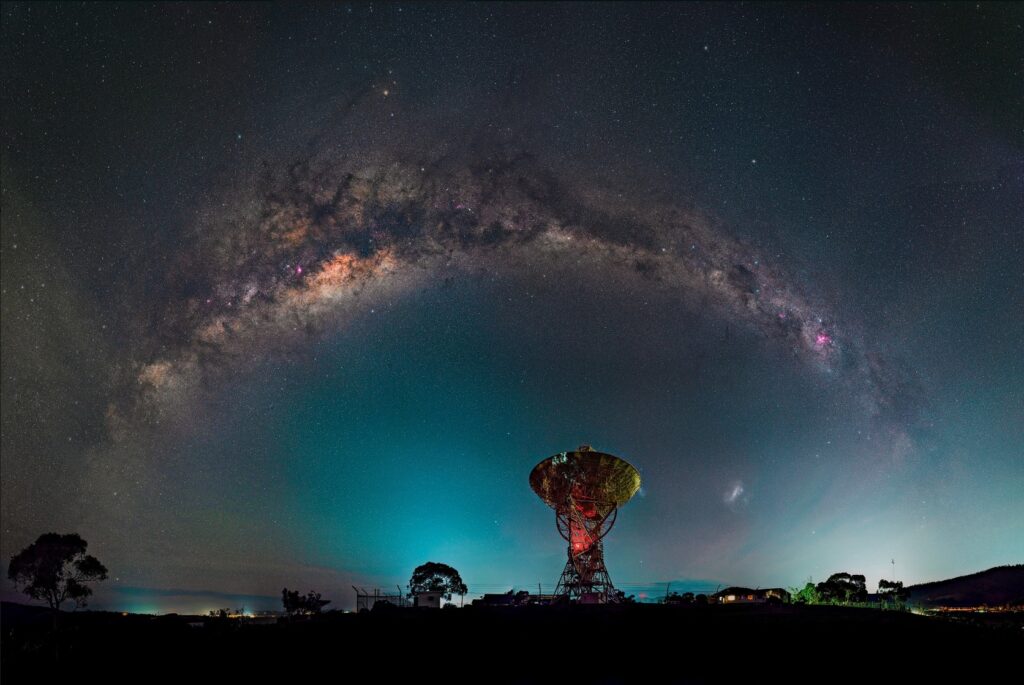Beaker Street Science Photography Prize
2024 entries open soon!
Have an eye for science? Beaker Street’s annual Science Photography Prize invites all Tasmanians to showcase the wonders of our extraordinary part of the world — which is teeming with science and scientists. Finalist images are displayed at the Tasmanian Museum and Art Gallery during Beaker Street Festival each August, with great prizes on offer for Judges’ and People’s Choice winners.
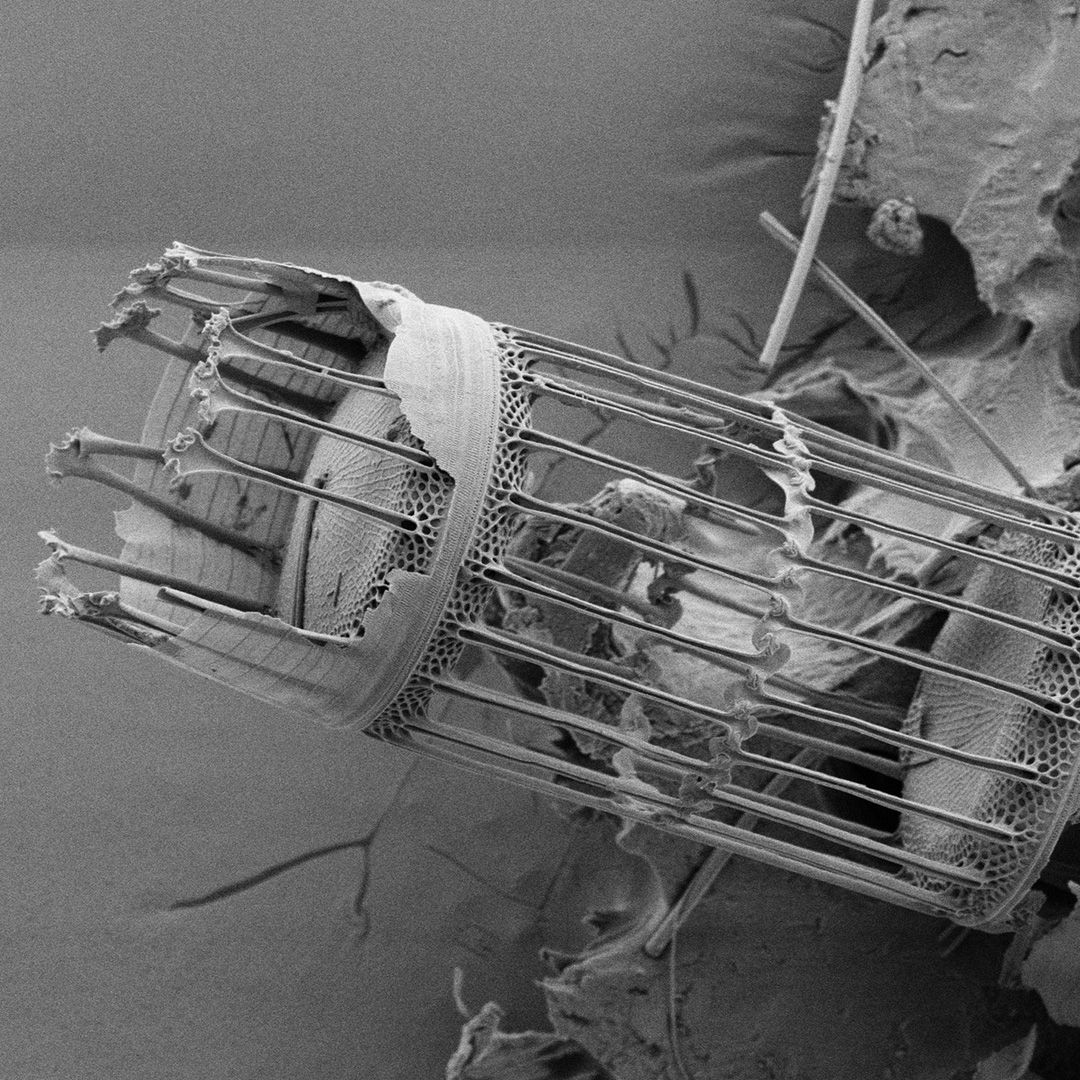
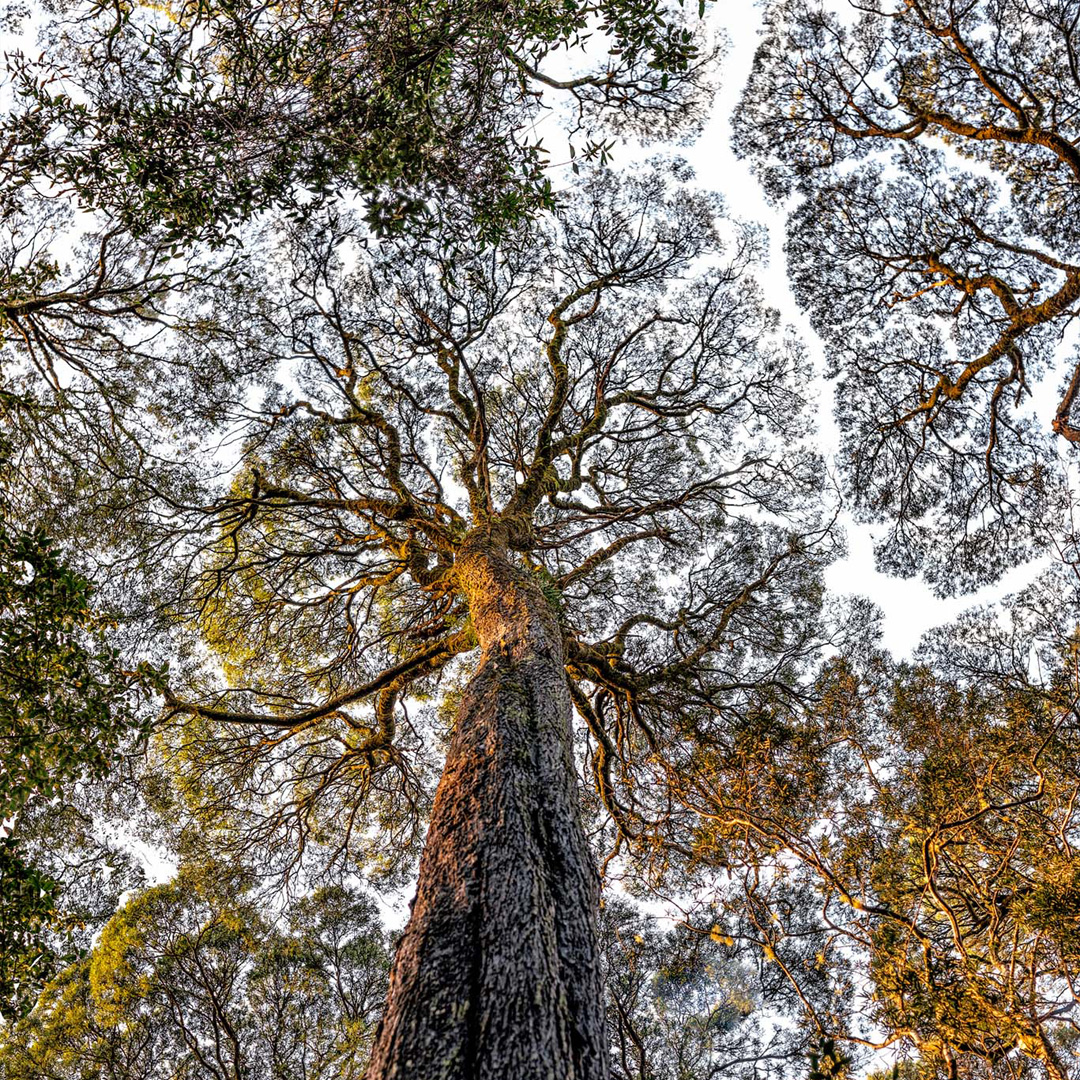
All 2023 Finalists
Prize Sponsors


